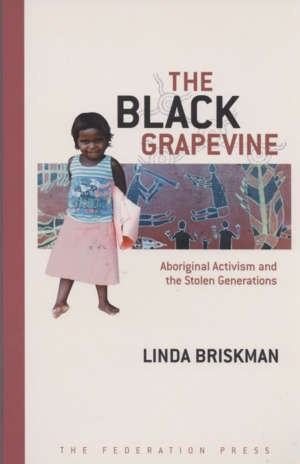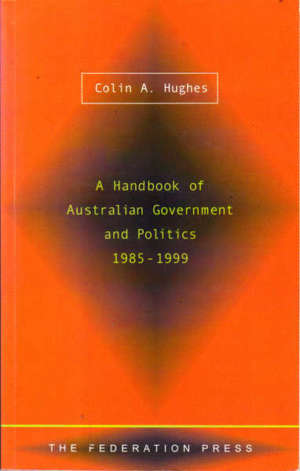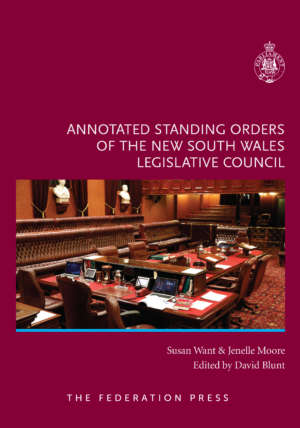Product Description
Australia and the Birth of the International Bill of Human Rights provides the first in depth examination of Australia’s first reactions to ‘international human rights’ during the negotiations for the International Bill of Rights: the Universal Declaration of Human Rights, the ICCPR and ICESCR.
It follows Australian policy from 1946, the first year in which the United Nations began discussing a Bill of Rights until 1966 when the twin Covenants were finalized. The book looks at what successive Australian Governments understood by ‘human rights’ and how they responded to discussion of sensitive domestic topics such as:
immigration policies
self-determination for inhabitants of trust territories
equal pay for men and women and balancing human rights and national security.
As well as considering Australian policies towards substantive rights, the book looks at Australian policies towards international schemes for protecting rights including early proposals for an International Court of Human Rights and its later support for more modest, technical expertise based assistance for States, debates often taking place against the background of highly politicised issues such as the Cold War and the fight against apartheid.
In looking at this 20 year period, the book demonstrates the way in which Australian policy changed substantially over time: as between Labor and Liberal administrations, between Ministers and bureaucrats and as between decision makers with markedly distinct visions of the ideal relationship between citizens and a State, and the individual State and the international community.
In highlighting the diversity of views about human rights, this book thus challenges the notion that Australia has historically supported a universally understood set of human rights norms and underlines the number of variables which may be affecting ongoing implementation of human rights standards.






